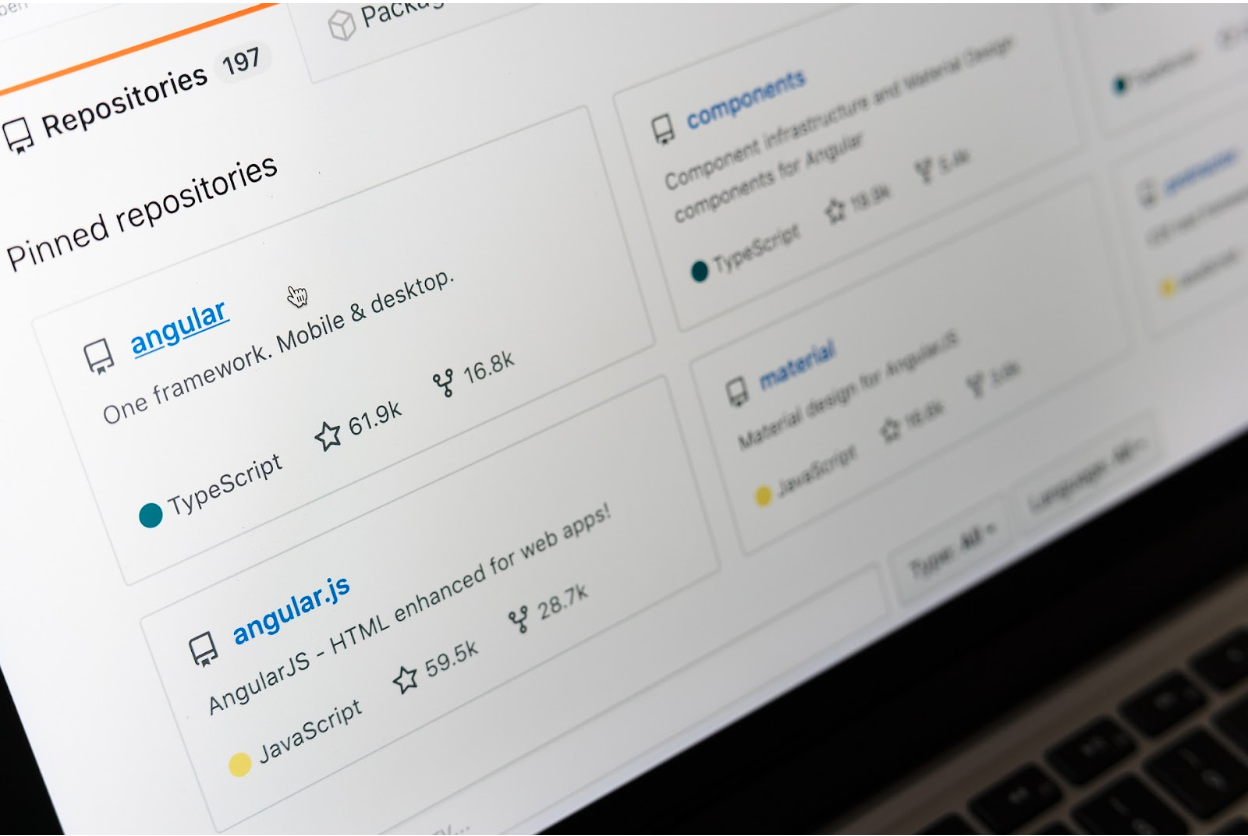Suppose you lead a team of developers or are running an organization. In that case, you know how challenging it can be to increase collaboration among the group, streamline the development process, and even improve the quality of coding skills in order to create projects.
This is where GitHub CodeOwners comes to the rescue. With GitHub CodeOwners you can easily identify people who own a repository so that they can review changes.
Let’s dig deeper and see what GitHub CodeOwners actually is and its pros and cons for organizations.
What is GitHub CodeOwners?
GitHub CodeOwners is a feature on GitHub that allows repository maintainers to specify which users or teams are responsible for specific files or directories within a repository. This can be useful for code review and management, as it helps maintainers for reviewing and merging changes to specific parts of the codebase.
CodeOwners can be specified in a file called CODEOWNERS in the root of a repository and use a simple file-path matching syntax to determine which users or teams are responsible for which files or directories.
How does it Work?
GitHub CodeOwners allow maintainers to specify certain users or teams as the “owners” of specific files or directories in the repository.
For example, if you manage software developers and are working on a project, you can use CodeOwners to assign specific developers as the owners of certain parts of the code so that it’s clear who should be responsible for reviewing and merging changes to those parts of the code. This makes it easier to keep track of who is responsible for different parts of the project and helps ensure that changes are properly reviewed and approved before they are merged into the main codebase.
How Can You Use GitHub CodeOwners?
The CodeOwners file can be found in the .github/directory under your project’s repository root, which is then directly uploaded to your project’s repository. Once you are done creating and uploading the file, you will be able to specify which user or team can review each type of code change.
You can use @username or @org/team prefix followed by a colon like @org/myteam: docs/* ). This will ensure that all pull requests made using these paths trigger a review request from the users before they are merged into your project’s main branch.
This option gives you flexibility when allocating reviewers for specific parts and makes it easy for you to track the relevant project and its reviewer.
Where should the CodeOwners File be Located?
You must first create the file in the right place to deploy a CodeOwners file on Github. That might be your repository’s root, documentation, or .github directory. You must ensure it is on the branch where you wish to add code owners. This way, you may designate different ones for specific units.
For example, you may have a user for updating the GitHub Pages site and a team for changes to your default branch. Put the CodeOwners file in the base branch of pull requests to guarantee that code owners are alerted when changes are made.
Can we use GitHub CodeOwners for organizations?
GitHub CodeOwners can be used for large organizations, companies, and businesses.
In an organization, CodeOwners can be used to assign specific individuals or teams as owners of particular areas of the codebase and open-source softwares. This can increase accountability for the quality and maintainability of the code and streamline the code review process by automatically assigning code reviews to the appropriate individuals or teams.
It’s important to note that the organizations or institutions must be using GitHub as a version control system and have an organizational account to use CodeOwners.
How to Use CodeOwners for Organizations?
To use CodeOwners in a GitHub organization, you can follow these steps:
- Create a file named “CODEOWNERS” in the root of the repository if you want to apply the CodeOwners.
- Commit and push the CODEOWNERS file to the repository.
- Once you push the CODEOWNERS file, the owners specified in the file will automatically be added as reviewers for pull requests that affect the paths specified in the file.
Note:
- CodeOwners only work for pull requests, so you’ll need to make sure that you have branch protection rules in place for the branches to that you want the CodeOwners to apply.
- CodeOwners only apply to pull requests opened after the CODEOWNERS file is added.
- You can use wildcard characters like * or ** to match multiple files or directories in the file path.
- The CodeOwners can also be added at the organization level so that all the repositories within the organization will have the same CodeOwners.
- In the CODEOWNERS file, specify the file paths and the usernames or team names that should be assigned ownership of those files.
How can GitHub CodeOwners Benefit Organizations?
Here are some of the pros of using GitHub CodeOwners for your organization:
- Improved code review process: CodeOwners can automatically assign code reviews to specific individuals or teams within an organization. This can streamline the code review process and ensure that the right people review each pull request.
- Increased accountability: CodeOwners can also be used to assign ownership of specific areas of code to specific individuals or teams, which can help to increase accountability for the quality and maintainability of that code.
- Better collaboration: By assigning CodeOwners for different areas of the codebase, it can be easier for teams to collaborate and share ownership of the code.
What are the Challenges of Using GitHub CodeOwners?
Let’s look at the cons that come with using GitHub CodeOwners for your organization:
- Complexity: Setting up and maintaining CodeOwners can be complex and time-consuming, especially for larger organizations with many teams and code repositories.
- Potential for confusion: Without clear guidelines and communication, CodeOwners can lead to confusion about who is responsible for different areas of the codebase, which can slow down the development process.
- Limited flexibility: CodeOwners are based on file paths and can be limited in terms of their flexibility in specifying ownership for more complex or dynamic code structures.
Conclusion:
If you are looking for an easy way to maintain and keep track of reviews and changes made in your projects, GitHub CodeOwners can be very beneficial. Software developers, management teams, and individual users can all use GitHub CodeOwners to increase collaboration and improve workflow.
It’s important to note that organizations or institutions must use GitHub as a version control system and have an organizational account to use CodeOwners.

Content Writer and a furmom of four lovely cats. Chatty is a freelance writer from Manila. Outside of her job as a language evaluator, she writes about lifestyle, technology, and business.


